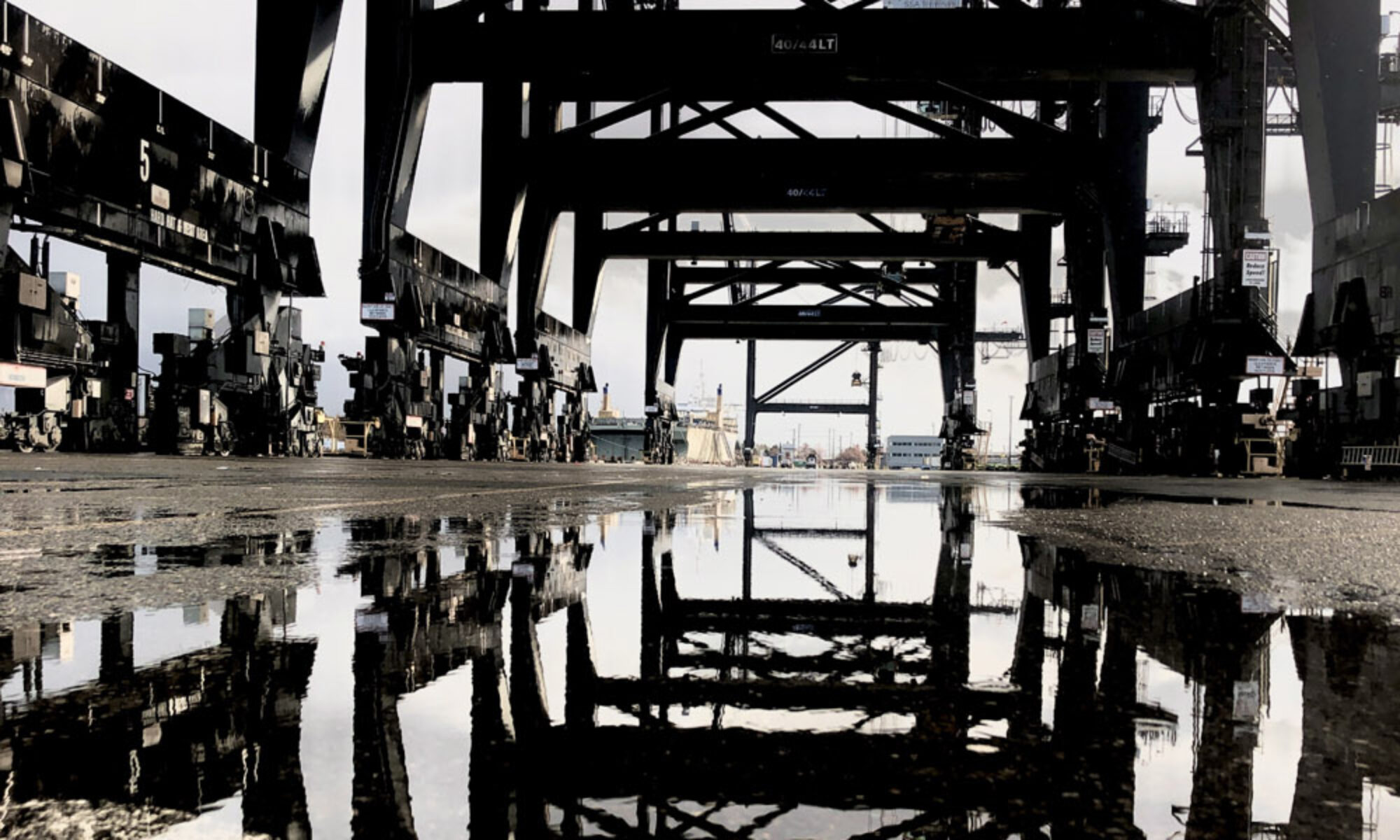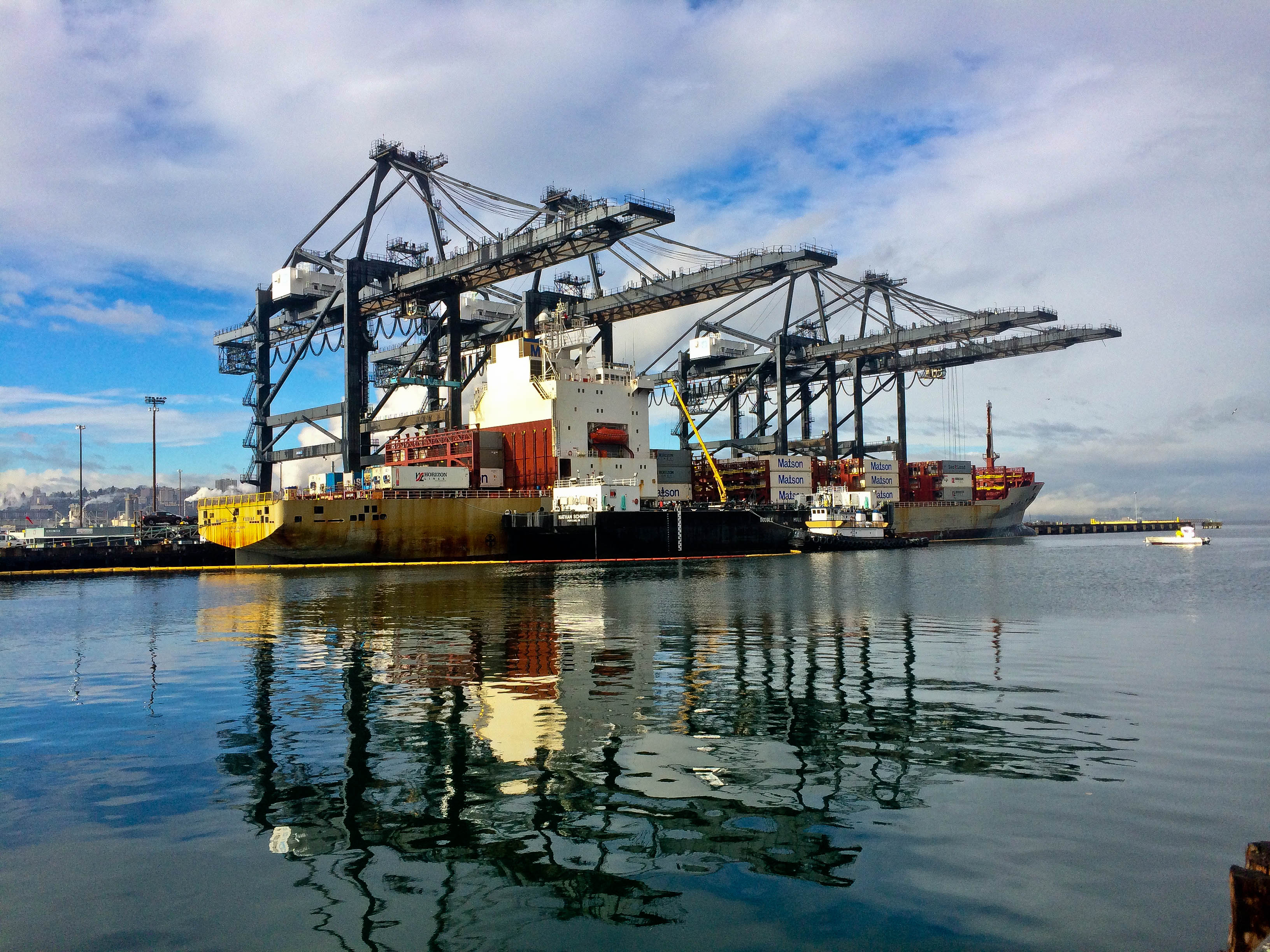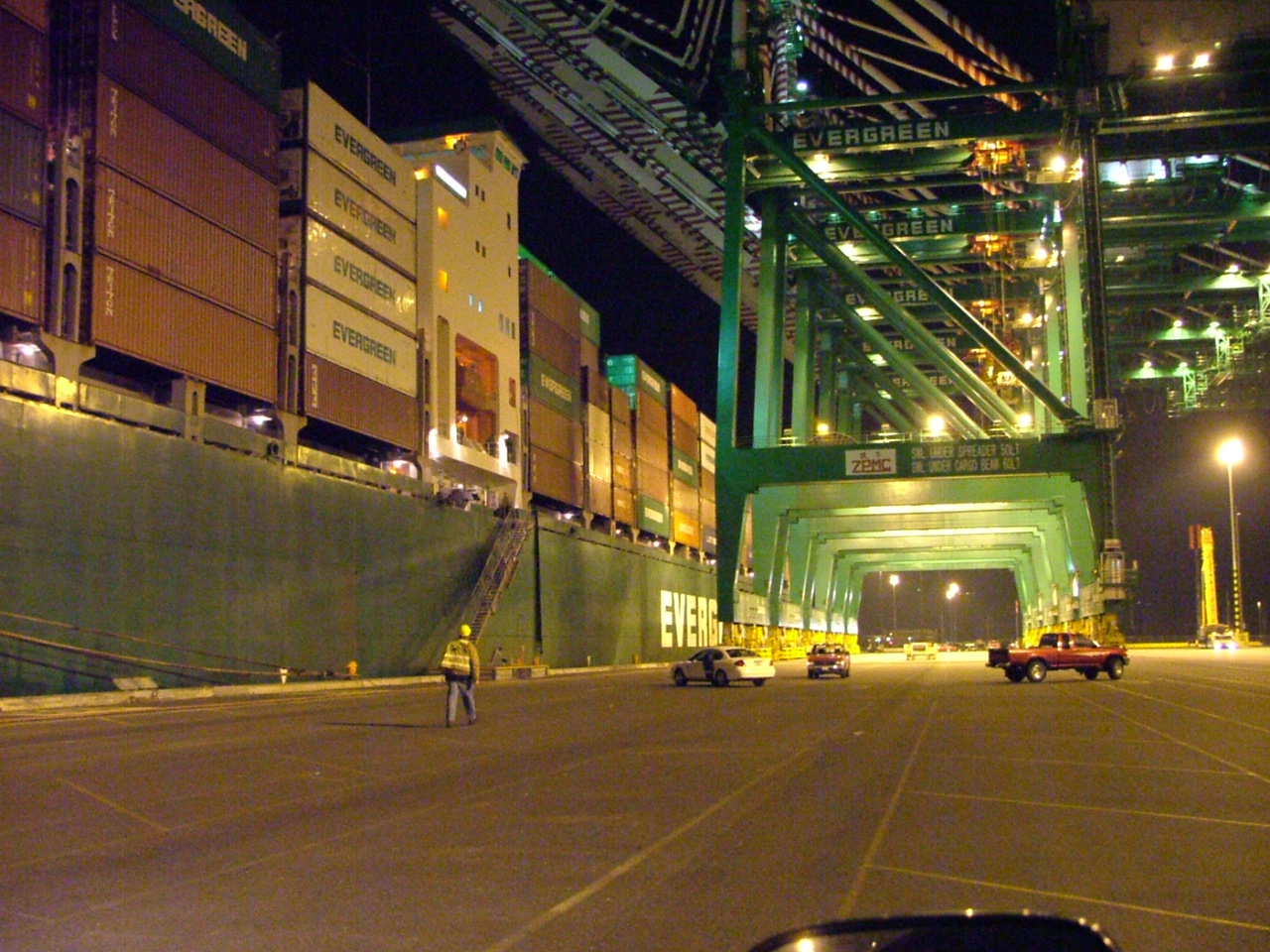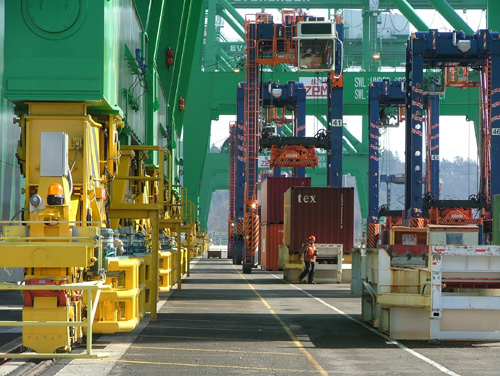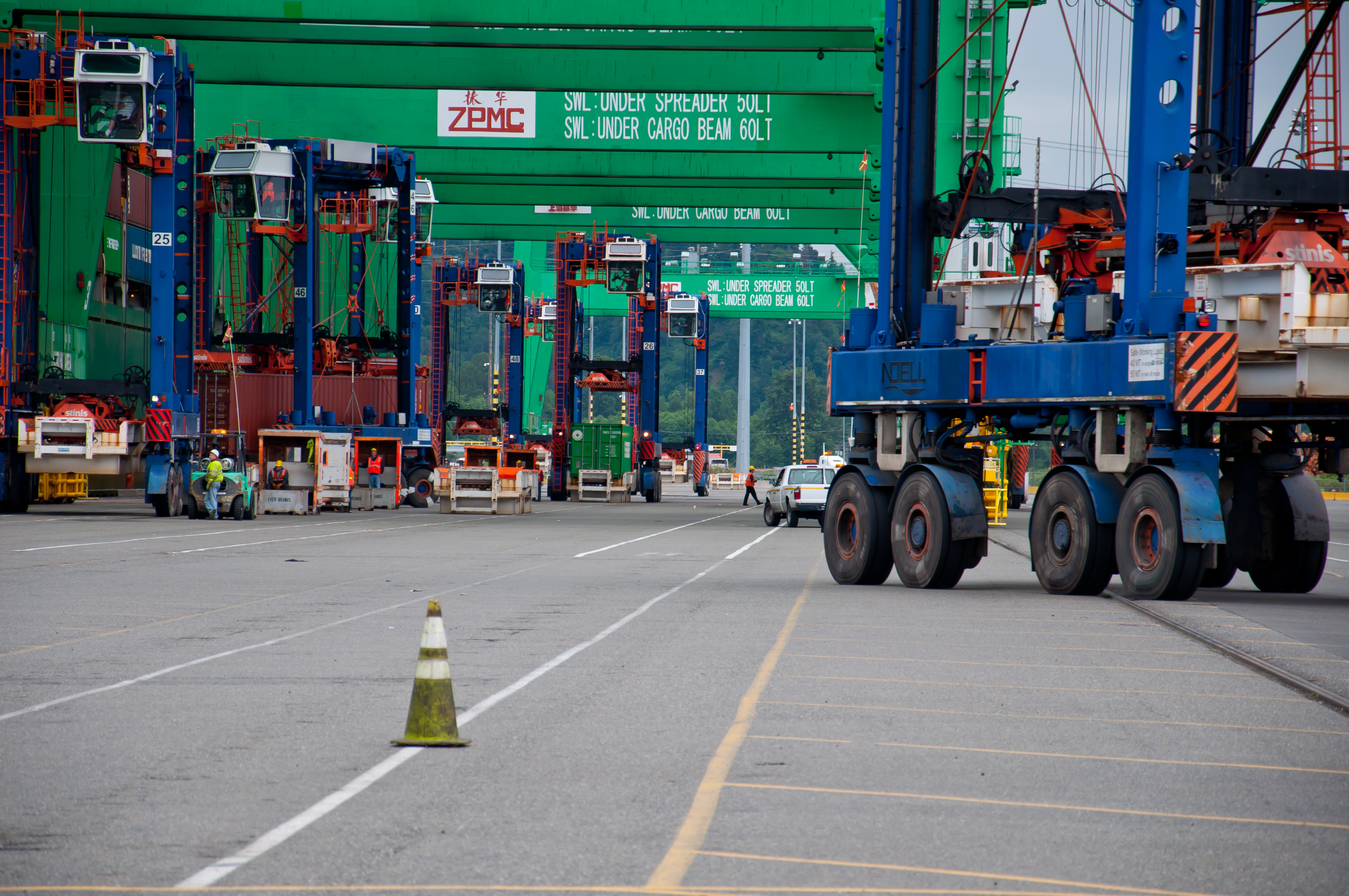
To recap, Vancouver has a slight edge in certain factors like the cost of transiting terminals, they have more large super-post-Panamax cranes, they have slightly better rail delivery rates through state-subsidized Canadian National Rail, slightly better productivity, and they get a break of about $100 per container on Harbor Maintenance Tax. And they have massive plans for expansion.
One of the most obvious things we can do to improve our competitive position is to improve our productivity, and having modern, state of the art equipment would make it a lot easier. The slight edge Vancouver enjoys in productivity could easily be attributed to the fact that they’ve spent a lot of money upgrading their cranes and yard equipment.
Continue reading “What can Port of Tacoma do to become more competitive with the Canadian ports?”
